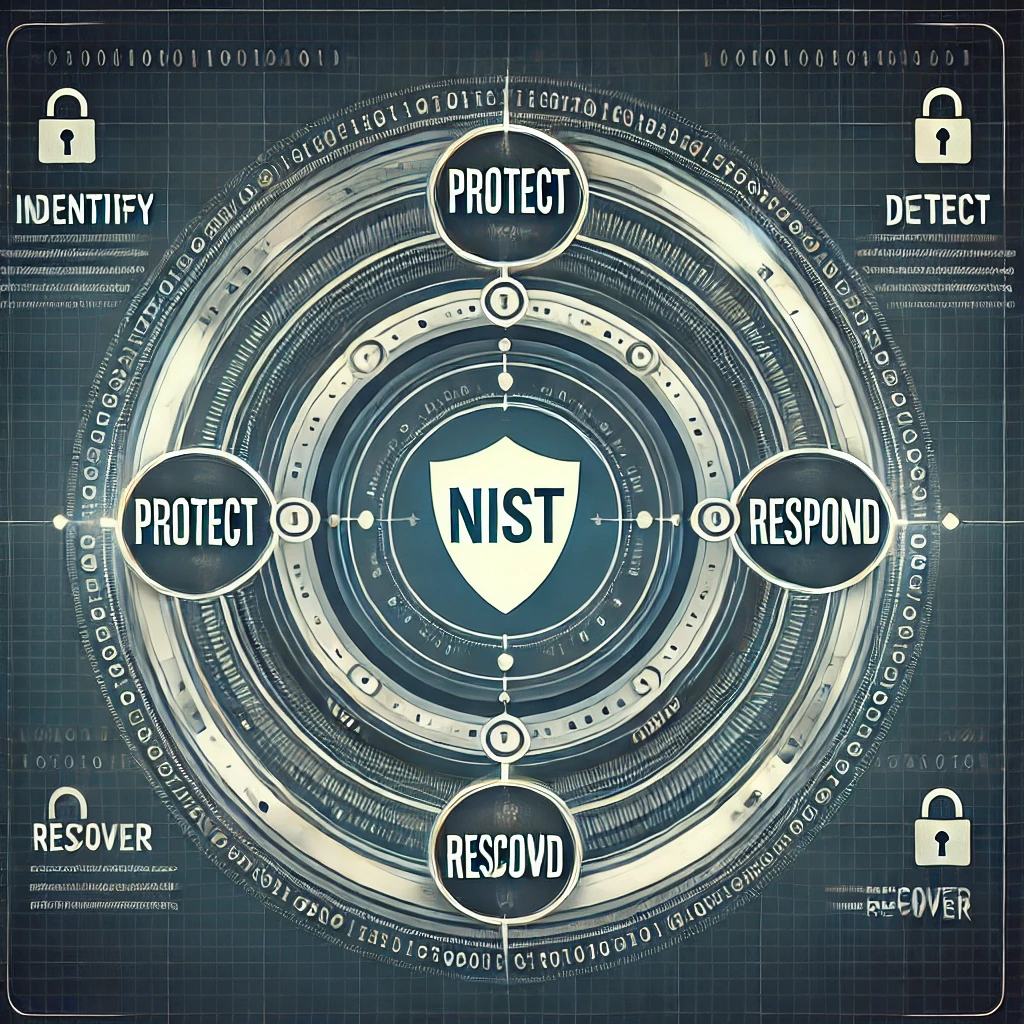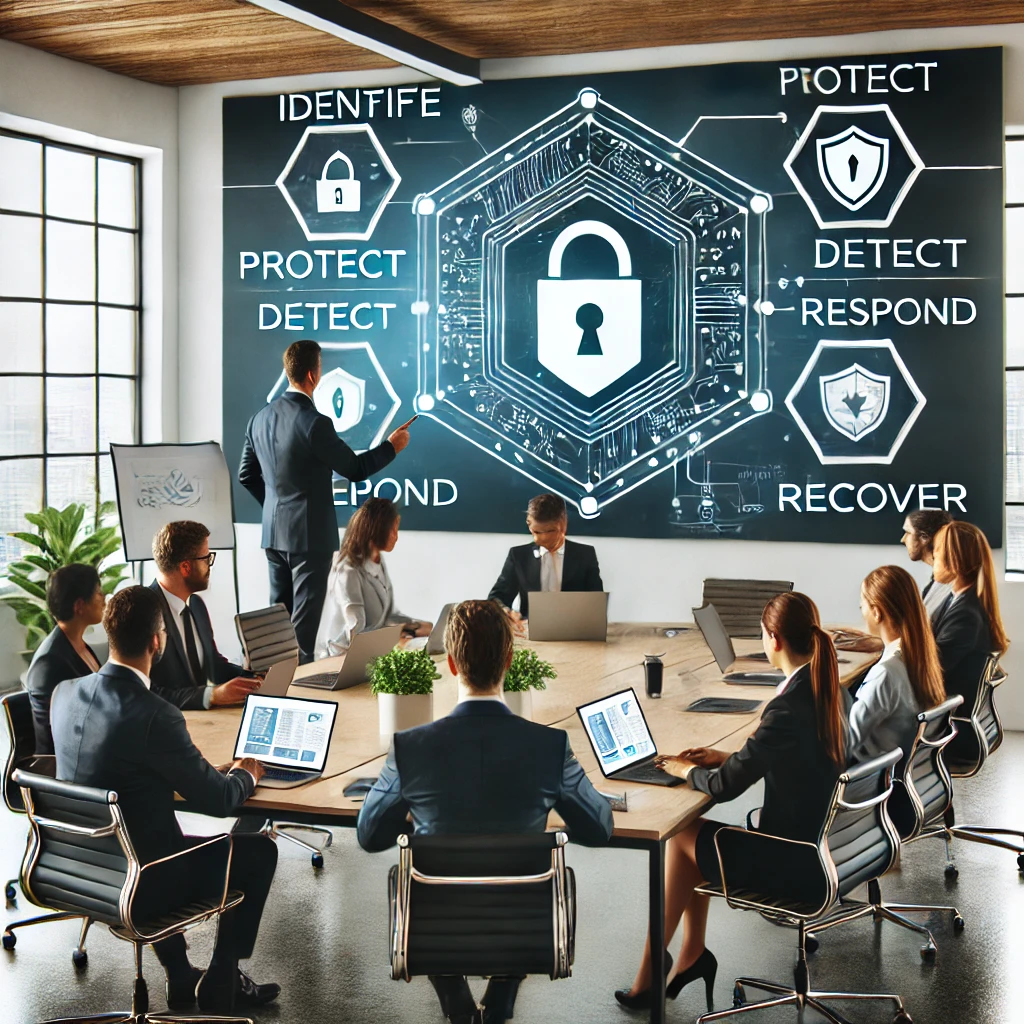GreenTech Solutions, a small environmental consulting firm, had always prided itself on innovation and efficiency. With a growing portfolio of high-profile clients, GreenTech was thriving. But as the company expanded, its digital infrastructure became increasingly complex, and cybersecurity began to feel like an afterthought.
This neglect came to a head in early 2025 when a potential client—one of the largest in the industry—asked GreenTech for proof of its cybersecurity measures during contract negotiations. When the company couldn’t provide a satisfactory answer, the deal fell through. CEO Mark Turner knew something had to change.
In today’s digital age, cybersecurity is no longer optional—it’s a necessity. But where should businesses start? For many, adopting a cybersecurity framework provides the structure needed to build and maintain a robust security posture. Frameworks like the NIST Cybersecurity Framework and ISO 27001 have become industry standards, helping organizations identify, manage, and mitigate cyber risks.
What is a Cybersecurity Framework?

A cybersecurity framework is a structured approach to managing digital security risks. It includes a set of guidelines, best practices, and standards designed to help organizations protect their data, systems, and networks. Think of it as a blueprint for building a secure and resilient organization.
Popular frameworks include:
- NIST Cybersecurity Framework: Widely used in the U.S., this framework focuses on five key areas: Identify, Protect, Detect, Respond, and Recover.
- ISO 27001: An internationally recognized standard for information security management systems.
Why Your Business Needs a Cybersecurity Framework
- Standardized Practices
A framework ensures your organization follows consistent and proven practices, reducing the likelihood of oversight or gaps in your security protocols. - Enhanced Risk Management
Frameworks help organizations identify vulnerabilities and prioritize resources to address the most critical risks. This is especially important for businesses with limited budgets or resources. - Regulatory Compliance
Many industries are subject to strict cybersecurity regulations. Implementing a framework can streamline compliance efforts and demonstrate your commitment to security during audits. - Increased Customer Trust
A strong cybersecurity posture reassures customers that their data is safe, fostering trust and loyalty.
How to Implement a Cybersecurity Framework
- Select the Right Framework
Choose a framework that aligns with your industry, regulatory requirements, and organizational size. For example, healthcare organizations may prioritize HIPAA compliance, while government contractors might adopt NIST. - Assess Your Current Security Measures
Evaluate your existing policies, procedures, and technologies. How do they align with your chosen framework? Identifying gaps is the first step toward improvement. - Develop a Roadmap
Create an action plan to address deficiencies and enhance your security measures. Set realistic timelines and allocate resources effectively. - Monitor and Update Continuously
Cybersecurity is not a one-and-done effort. Regularly review and update your framework implementation to adapt to evolving threats and business needs.
Adopting a cybersecurity framework is a strategic decision that sets the foundation for a secure and resilient organization. As cyber threats become more sophisticated, frameworks provide the guidance needed to protect your business, ensure compliance, and build customer trust. Make 2025 the year you prioritize cybersecurity and take proactive steps toward a safer digital future.
Mark is now a vocal advocate for cybersecurity frameworks, especially for small businesses. “We used to think cybersecurity was a ‘big company’ problem. But frameworks like ISO 27001 are scalable and adaptable to any business size. They’re not just for compliance—they’re for survival.”
He encourages other leaders to follow GreenTech’s journey:
- Don’t wait for a crisis to act. Proactively adopting a framework can save your business from costly mistakes.
- Involve your team. A culture of security starts with engaged employees.
- Treat cybersecurity as an investment. The upfront effort pays dividends in trust, efficiency, and long-term growth.
Need Help
At CatchMark Technologies, we understand the unique challenges organizations face in today’s fast-paced, technology-driven world. With expertise in IT support, cybersecurity, and digital transformation, we help businesses modernize their operations, protect critical assets, and achieve long-term success. Whether it’s implementing smart solutions, safeguarding sensitive data, or providing hands-on employee training, CatchMark delivers tailored solutions designed to meet the specific needs of your business. Don’t let outdated systems hold you back—partner with CatchMark Technologies to turn challenges into opportunities and ensure your business thrives in the modern landscape. Contact us today to learn more!

